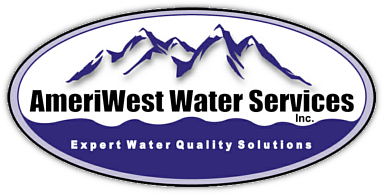Any product used in potable water treatment must meet the standard 60, ANSI / NSF (National Sanitation Foundation) standards. A typical project includes submitting an application for certification, product information acquisition, toxicological review, establishment of a testing program, plant audit and sample collection for testing and evaluation. Finally, the product is certified as meeting standard 60 ANSI / NSF standards. Yearly follow-up plant audits review the manufacturing process and quality assurance records as well as collecting samples for additional testing to assure that the product continues to pose no adverse health risk to consumers.
Chlorine with out pH asdjustment is oxidative and not very biocidal.
